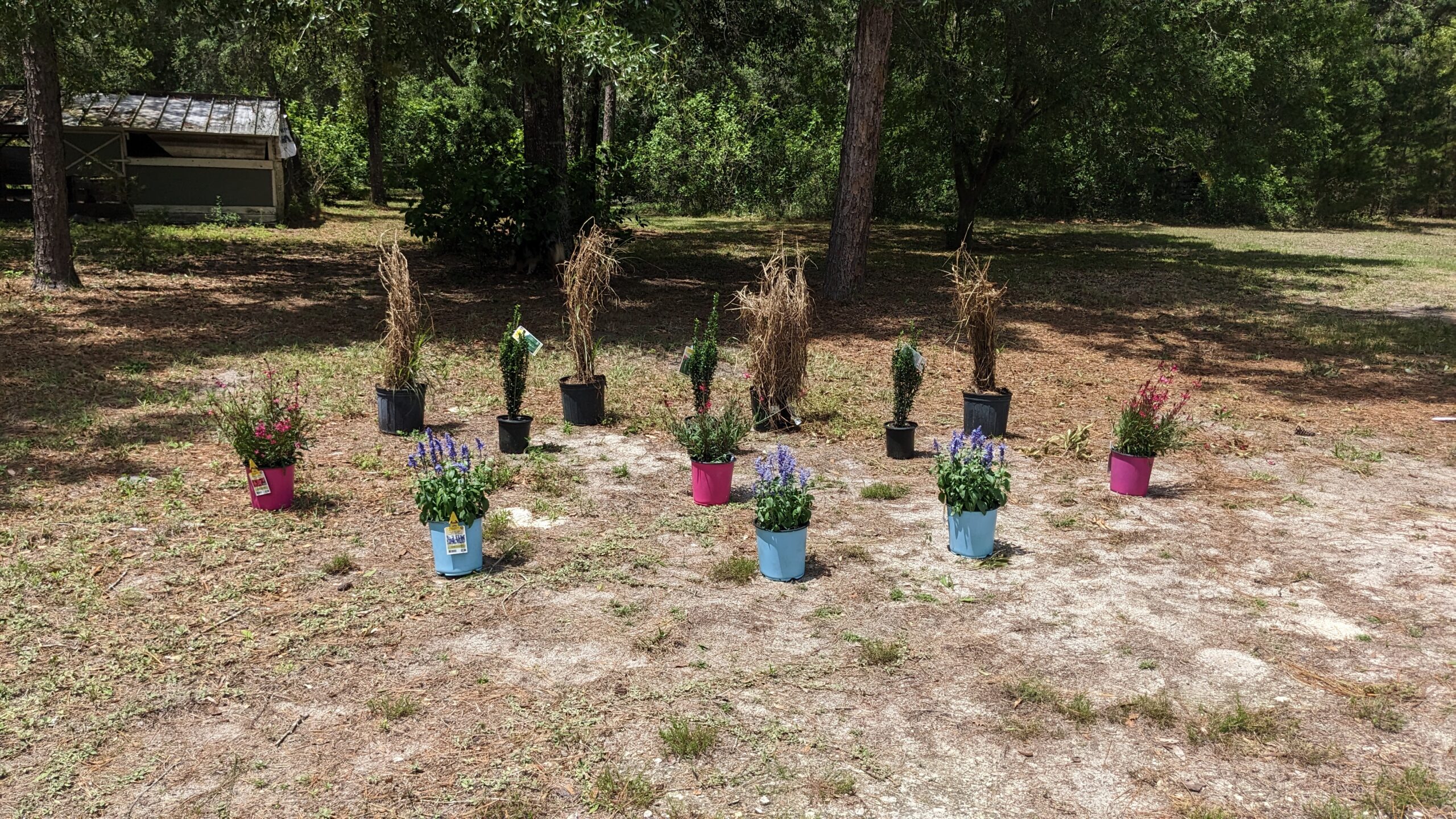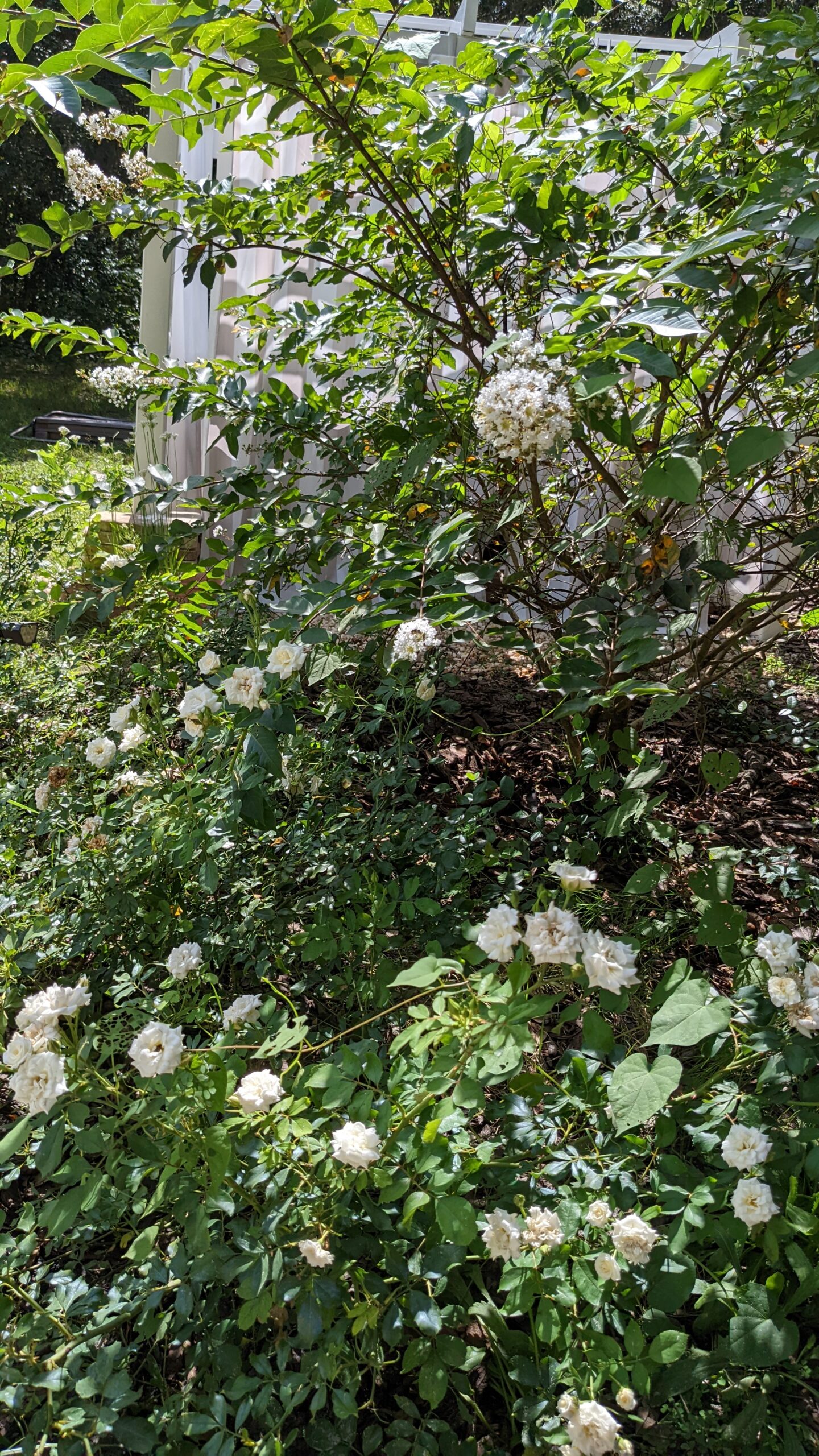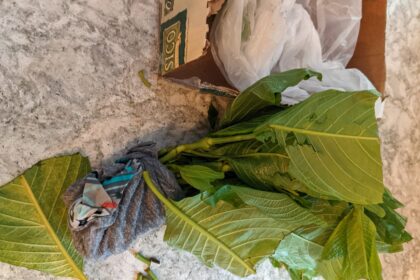Of course, I’m addicted to all the great gardening channels on YouTube! The biggest issue I have is that, even the programs that are in zone 9b, none of them have the growing conditions of central Florida. But that doesn’t stop me from gaining insight and inspiration!
One of the shows I adore is Alexandra’s “The Middle-Sized Garden” broadcast mostly from the south-east of England. In one of her latest episodes, she interviewed and toured the naturalistic prairie gardens of Michael McCoy of Australia. I am captivated by the simplicity of plant variation that focuses on pattern of repetition and texture over all else. The simplicity of color palette is also striking.
Instead of planting in groups of 3, 5, and 7, he’s more likely to plant in groups of 9, 15, and 21 ;-)… of course, contingent on garden dimensions.
As a “curious” gardener, I tend to want to try every plant I think will work in my zone. However, I have since learned that planting en masse, repeating plants in groups of odd numbers, and sticking within a certain color palette often results in the most aesthetically pleasing designs. While color is not as important to him as texture and pattern, I just love the smokey pinks, feathery wheats, and muted blues, pinks and even turquoise found in his designs. Most of his gardens also do not rely on consistent blooms, rather, sometimes, all that is needed is one flower at a time if good structure permeates throughout.
Michael takes this concept to an entirely new level.
His masterful use of texture includes ornamental grasses and plants that “look good when they’re dead,” meaning out of prime season. He preaches three elemental shapes that are:
1) vertical (spikes like foxglove or Italian cypress he tops at 6.5 feet, and vases from tall ornamental grasses)
2) horizontal (from drifts of asters or sedums) and
3) rounded forms from yucca, sages, and smaller grasses.
Armed with this newfound inspiration, I selected a barren area of my yard that gets morning sun, some hot afternoon sun, and then shades starting around 3pm season depending.
An important note is, that while Michael’s homestead roughly correlates to zone 9, many of the plants he uses are recommended only to zone 8. In addition, where he lives in Victoria’s Macedon Ranges is a desert in comparison to the wet, humid summers of my abode. So, in my planning, I try to substitute Florida friendly plants that work better in my conditions.
I decided to reuse red fountain grass as the backdrop to sky pencil hollies. This is a questionable choice because some sites list the hollies as good only to zone 8 but the ones that say it survives in 9 recommend it receive afternoon shade. What I really wanted was dwarf Italian cypress. However, I couldn’t locate them and am concerned about spider mites since the trees are not fond of our humid conditions. We’ll see!
For the middle layer, I select gaura, which, so far for me, has been an annual. In the front, I have a drift of salvia.
Adding to that, I will have muhly grass filling some gaps. I also purchased via mail order, Joe Pye weed for added heigh in the back, sedum autumn fire also to fill gaps in the front, and some baptisia (ugh another zone 8 plant) to add more verticality throughout.
McCoy uses a lot of Euphorbia wulfenii, so I bought two to intersperse into the plan. Since it does not like to be wet, I intend to put those in planters with a stone mulch. Additionally, I got some Schizachyrium scoparium ‘Smoke Signal’ Little Bluestem to divide up and plant randomly as a substitute for Michael’s use of digitalis. This will provide a blue vertical element most of the season which will turn to a beautiful mahogany color in the fall… at least in theory.
Find out more about renown garden designer, Michael McCoy by visiting his website here.
before photo:
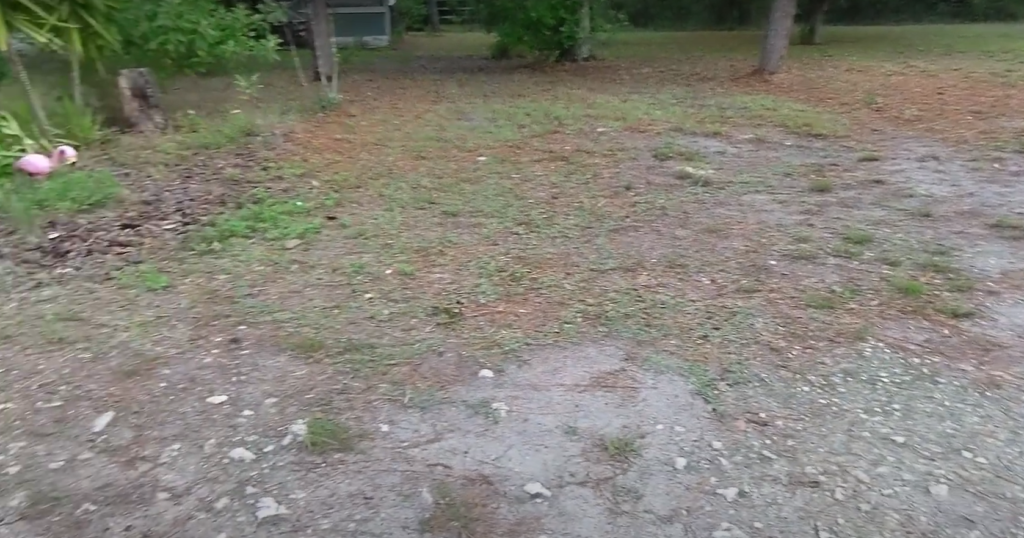
During the implementation of the design:

Future design plans:
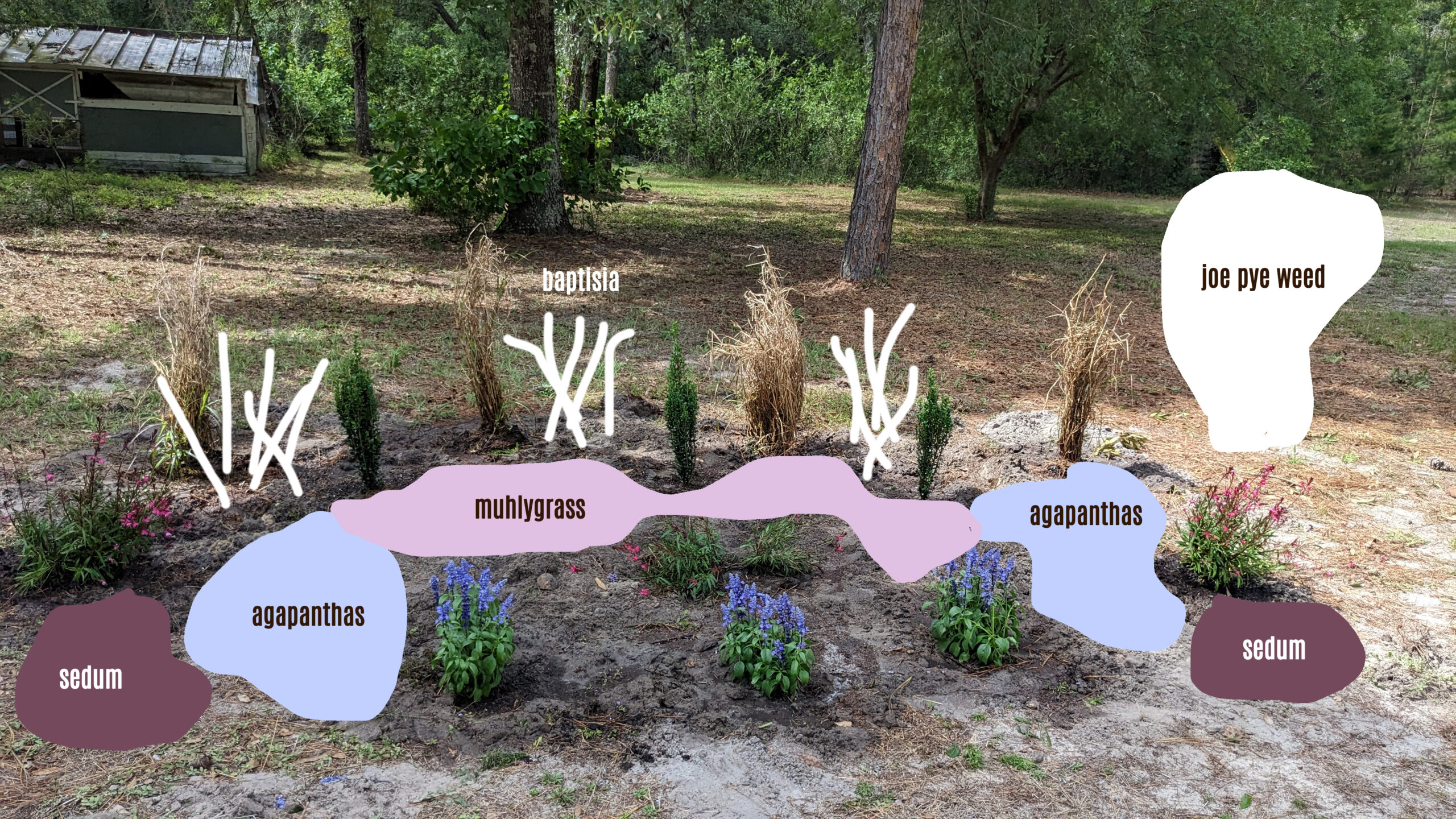
I don’t want to overdo it with grasses but I simply adore muhly grass, especially in the fall with its feathery pink blooms. Agapanthus will add much needed strappy texture change and sedum will mute the palette and provide a more “cauliflower” texture. In addition, I am thinking of filling the remaining spaces with a light blue stokes aster for an additional drift of repetitive color/texture at the front of this garden bed.
